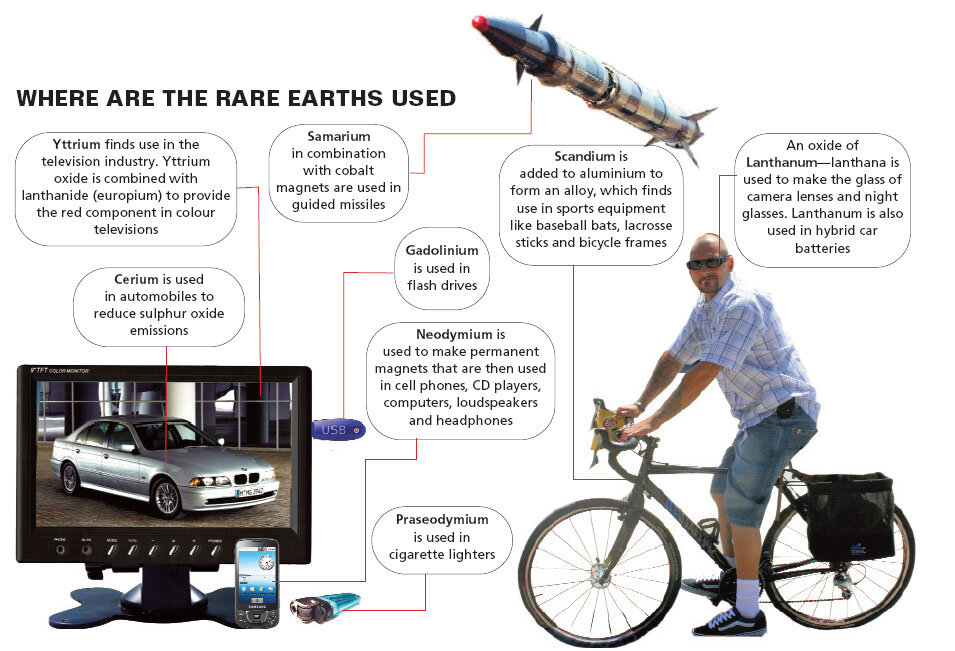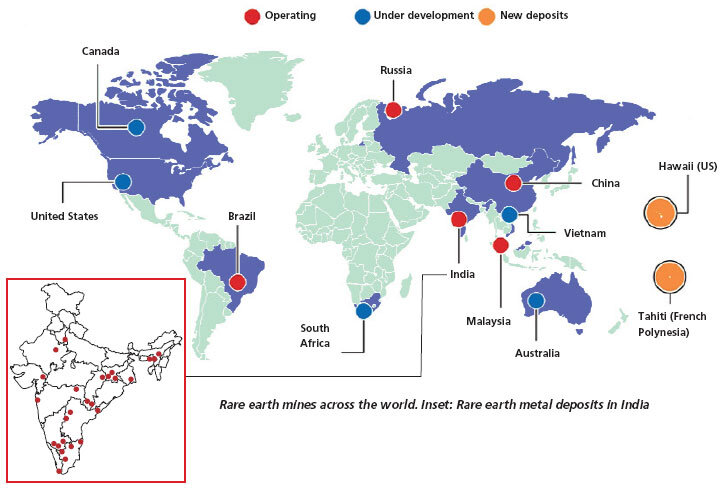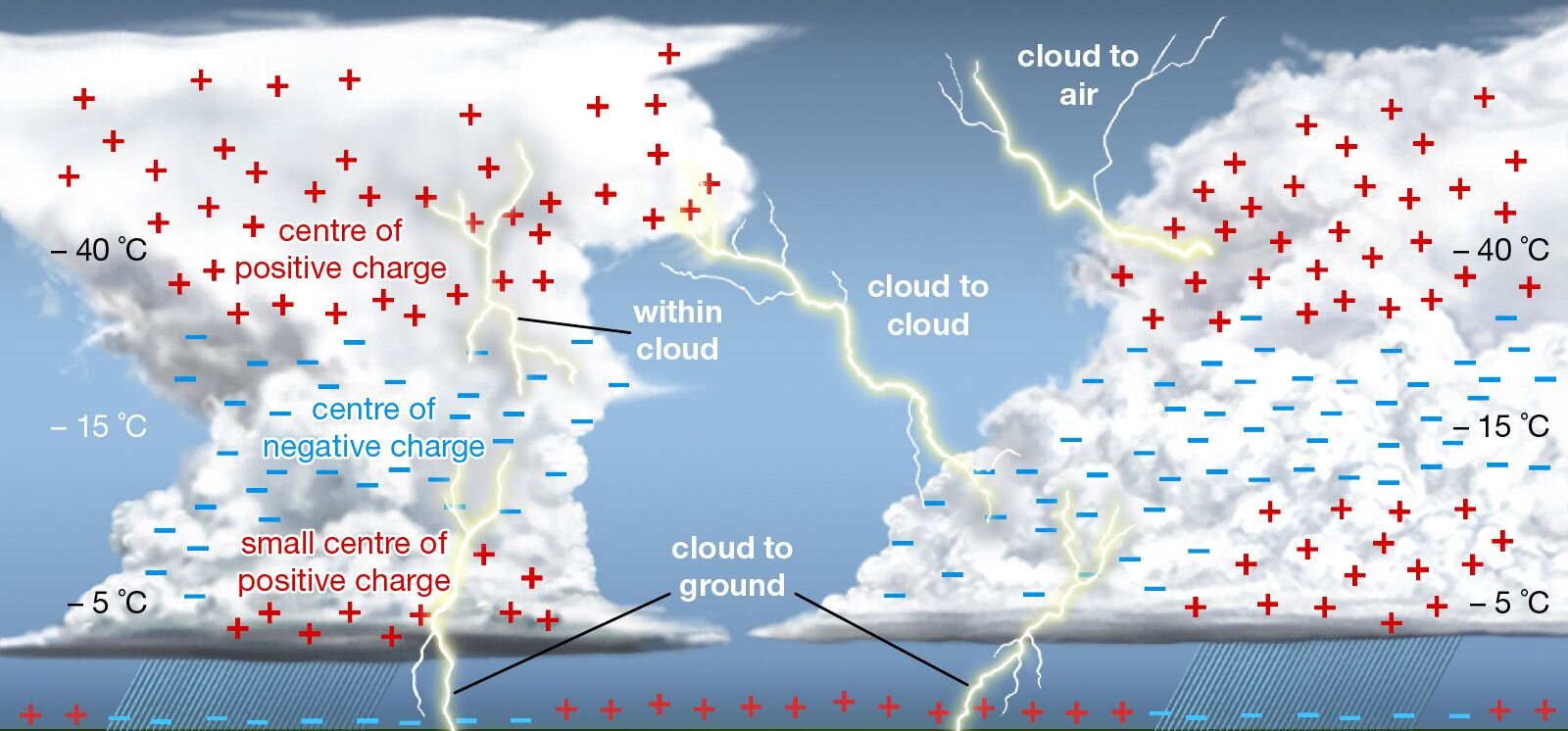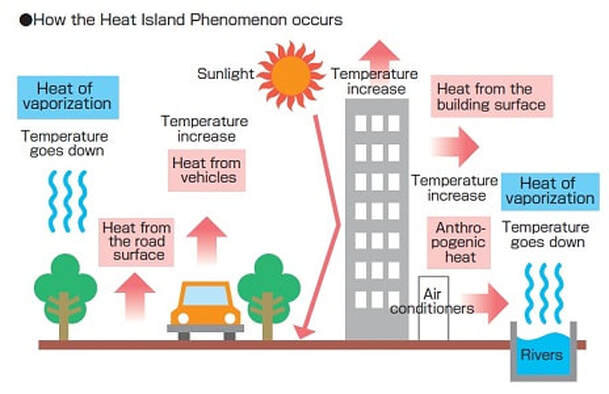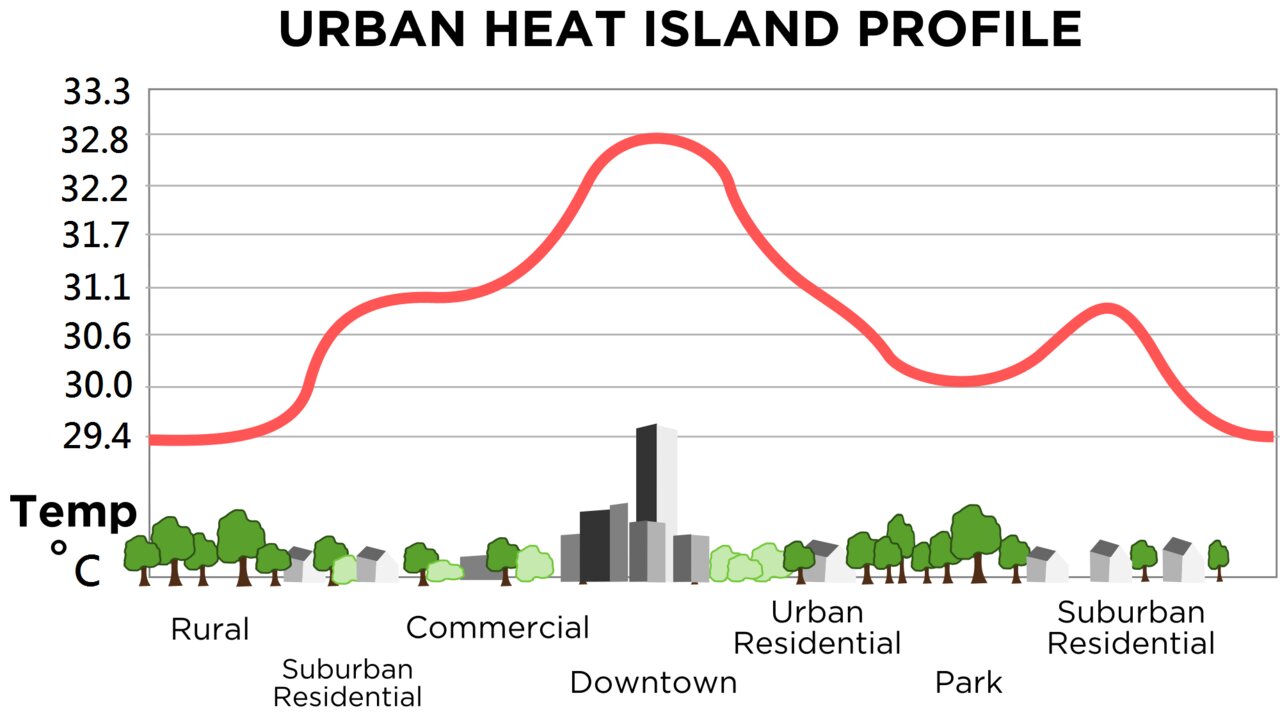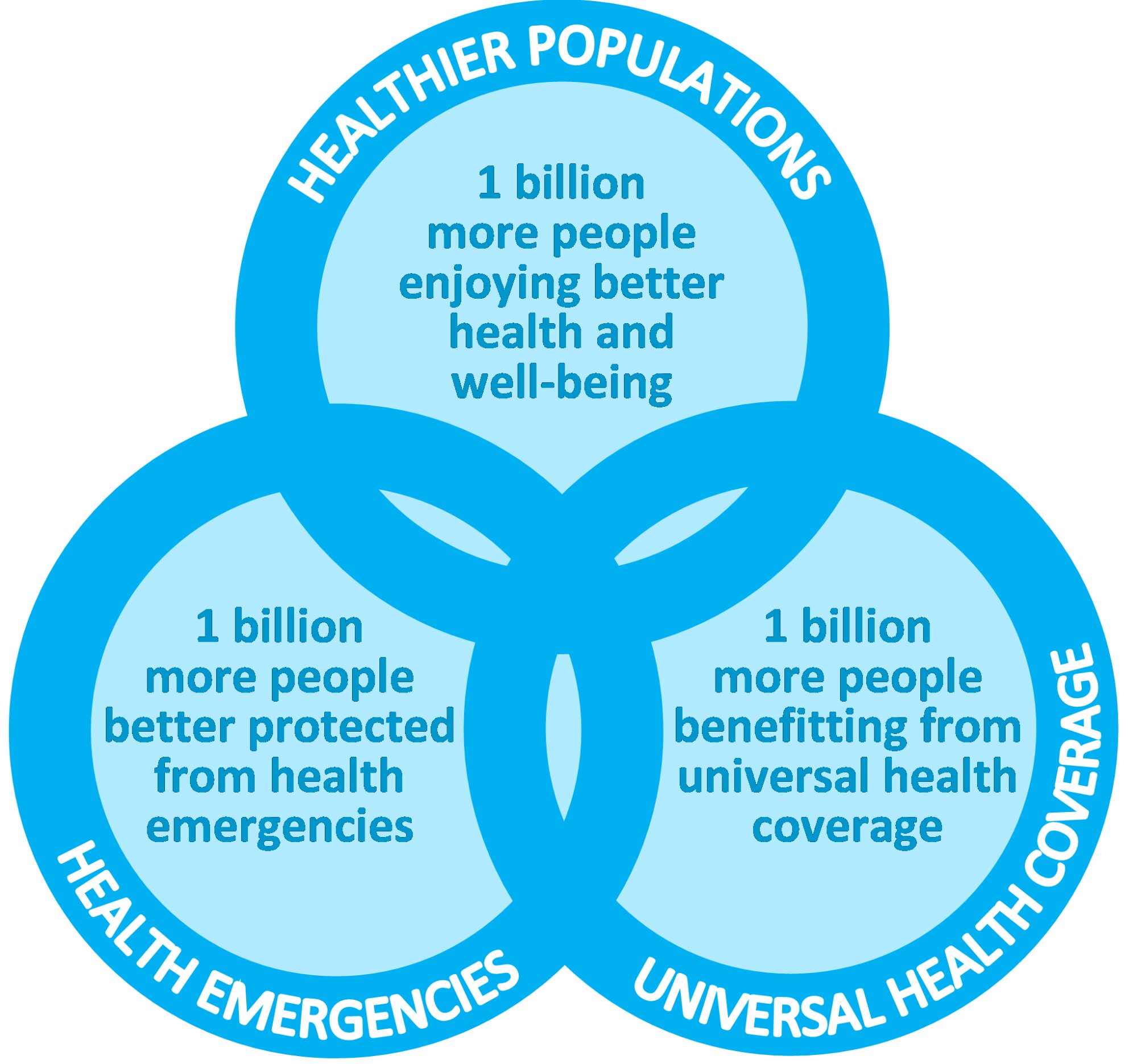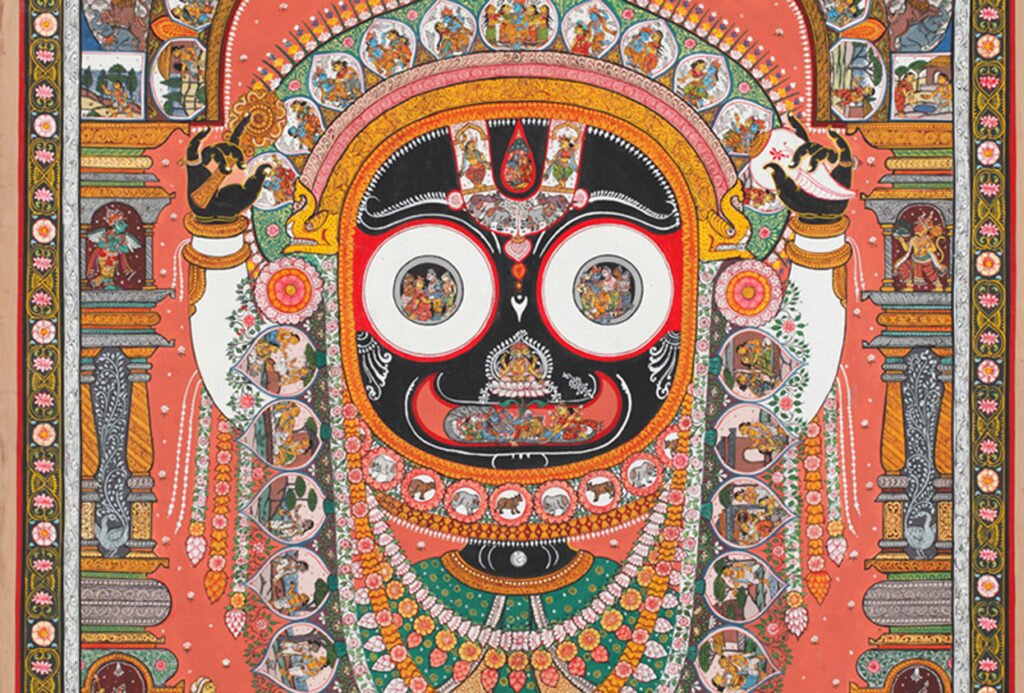Indian Polity
Need to set up State Finance Commission
The 15th Finance Commission (headed by N K Singh) recently held a detailed meeting with RBI.
Key issues that were discussed
- Continuity of the Finance Commission: A permanent status to Finance Commission and a robust expenditure planning is the need of the hour. This is required, in view of the fiscal management requirements of the States, especially given the absence of mid-term reviews of awards granted by the Finance Commission.
- State Finance Commissions (SFCs): States have not been setting up their State Finance Commissions every five years as mandated by 73rd Constitutional Amendment Act. Therefore, they discussed the necessity of SFCs to rationalize and systematize State/sub-state fiscal relations in India.
- Expenditure codes: Expenditure norms vary from state to state; therefore there is a need of uniform standard expenditure codes across the country.
- Public Sector Borrowing Requirement (PSBR): It is defined as borrowing by not just Central and State governments but also by all public sector corporations and agencies. This consolidated figure will more or less put an end to the manipulation the fiscal deficit by the government. The main issues discussed are the increasing orientation of State governments’ borrowing from markets, improving secondary market liquidity and cash management.
- Importance of States in the economy: The role of states in the growth of Indian economy has increased given the ‘shift in composition of government finances’. States are now getting much higher share of transfer (devolution of 42%) from Centre, on the recommendation of 15th FC.
- Factors driving fiscal slippage: These factors include UDA, farm loan waivers and income support schemes; rising outstanding debt as a percentage of GDP despite moderation in interest payments as a percentage of revenue receipts.
15th Finance Commission (FC)
- Finance Commission is a constitutional body under Article 280 created every five years to recommend the transfer of financial resources from the Centre to the States.
- The Commission also decides the principles on which grants-in-aid will be given to the States.
- The 15th FC was constituted on November 27, 2017 and is headed by Mr. N.K. Singh.
- The recommendations, to be observed for a period of five years, will kick in from April 1, 2020.
State Finance Commissions (SFCs)
The State Finance Commission (SFC) is an institution created by the 73rd and 74th Constitutional Amendments (CAs) to rationalize and systematize State/sub-State-level fiscal relations in India.
- Article 243I of the Constitution mandated the State Governor to constitute a Finance Commission every five years.
- Article 243Y of the Constitution states that the Finance Commission constituted under article 243 I shall also review the financial position of the Municipalities and make recommendations to the Governor.
- Concerns:
- States have not been setting up their SFCs regularly as mandated.
- They are not submitting the reports in time, lacking the proficiency.
- They have huge task of considering large number of local governments.
- They face a crucial problem of reliable data.
- SFCs and local governments are seen to be of inferior constitutional status than the Union FC.
Indian Economy
Rush for Rare Earths
Why in News?
The Union Ministry of Environment, Forest and Climate Change (MoEF&CC) agreed to a request by the Ministry of Mines (MoM), seeking that clearances to private companies for mining beach sand minerals(rare earth minerals) be stopped.
What are rare earth minerals?
- Rare earths are a series of chemical elements found in the Earth’s crust that are vital to many modern technologies, including consumer electronics, computers and networks, communications, clean energy, advanced transportation, health care, environmental mitigation, national defense, and many others.
- Because of their unique magnetic, luminescent, and electrochemical properties, these elements help make many technologies perform with reduced weight, reduced emissions, and energy consumption; or give them greater efficiency, performance, miniaturization, speed, durability, and thermal stability.
- Along with these one other important constituent of beach sand mineral is Monazite. Monazite is the primary ore for thorium, a nuclear fuel. Its presence brings beach sand mining under the Atomic Minerals Concession Rules.
Mining rules for atomic mining
- The State Governments were given permission to grant mineral concessions, where Monazite is less than the prescribed threshold values (00.75%), to the private sector by auction or competitive bidding, in accordance with the Atomic Minerals Concession Rules, 2016.
- However, in a notification this threshold limit was reduced to 0%.As monazite is found in various concentrations in all the beaches, this amendment essentially meant a ban on mining by private companies.
Problems caused by beach sand mining
- Destruction of natural beaches and the ecosystems they protect (e.g. dunes, wetlands),
- Habitat loss for globally important species (e.g. turtles, shorebirds),
- Destruction of nearshore marine ecosystems,
- Increased shoreline erosion rates, reduced protection from storms, tsunamis, and wave events,
- Economic losses through tourist abandonment and loss of coastal aesthetics
How is the mining industry regulated?
- The mining industry is regulated both at the central and state level.
- The states have the power to regulate mines and mineral development. However, this power is subject to the federal laws and regulations on mining.
- Minerals are classified into two types – major and minor. All State governments have the power to frame policy and regulate the exploration, extraction and processing of all minor minerals such as building stones, clay and sand.
- Minerals (other than the minor minerals) are automatically classified as major minerals. The Central government has the power of revision, fixing of royalty, issuing regulations, etc, in respect of major minerals. Metallic minerals are largely classified as major minerals.
- The Central government also has ownership over all offshore minerals (ie, minerals extracted from the sea or ocean floor in the Indian maritime zones such as the territorial waters, continental shelf and exclusive economic zones). The central government has the right to allot concessions and collect royalty for mining offshore minerals.
Geography
Cities are turning into 'Lightening Magnets'
Scientists believe that as the world gets warmer and more polluted, the frequency and intensity of lightning may rise. Estimates suggest that lightning kills over 2500 people annually in India.
Factors that contribute
- Urban heat
- The concretization of urban areas, paired with a decrease in open, green spaces turns cities into heat sinks.
- As this warm air from cities rises, cooler air rushes in to fill the space. This can form convective clouds if sufficient moisture is available, leading to unstable weather.
- Convective clouds are often associated with increased lightning.
- The heat island effect was the main reason for a five-fold increase in lightning activity during pre-monsoon months in Delhi.
- The recent findings also show that global warming could lead to stronger thunderstorms.
- Pollution
- High concentration of aerosols (pollutants suspended in the atmosphere) pumps up the incidence of lightning.
- Aerosols reduce the size of cloud droplets, turning more water into ice, which increases the electrical conductivity of clouds by up to 50%.
- Research says that pre-monsoon rainfall is accompanied by more lightning flash counts than monsoonal rains. The main reason for this is pollution.
- The pre-monsoon season has higher concentration of suspended air pollutants. By comparison, the monsoon sees inflows of clean air from the ocean, which reduces pollution levels.
- Also, since the clouds are at a much lower height during monsoon, it reduces convective energy within the cloud, thus abating lightning.
- Lightning flashes also create pollutants - Ozone & Nitrogen Oxides - that can damage lung tissue and aggravate asthma. Nitrogen oxides get mixed with other gases in the atmosphere to produce ozone.
- Therefore, the risk of lightning is thus much bigger than what’s visible: the electrocution that causes death and injury. With pollution and global warming on the rise, an increase in the frequency of lightning seems inevitable.
What is Lightning?
- Lightning is the visible discharge of electricity that occurs when a region of a cloud acquires an excess electrical charge, either positive or negative, that is sufficient to break down the resistance of air.
- Lightning is usually associated with cumulonimbus clouds, but it also occurs in stratiform clouds (layered clouds with a large horizontal extent), in snowstorms and dust storms, and sometimes in the dust and gases emitted by erupting volcanoes.
- During a thunderstorm, lightning can occur within the cloud, between clouds, between the cloud and the air, or between the cloud and the ground.
- Lightning occurs when regions of excess positive and negative charge develop within the cloud.
- Typically, there is a large volume of positive charge in the upper regions of the cloud, a large negative charge in the centre, and a small positive charge in the lower regions. These charges reside on water drops, ice particles, or both.
- Thereby, sudden and violent electrostatic discharges within the cloud created the visible lightening.
- About one-third of the lightning flashes travel from the cloud to the ground.
- The potential difference between cloud and ground is of the order of 10 to 100 million volts.
- Thunder is produced by rapid heating of the air in the lightning channel and a consequent increase in air pressure. The overpressure causes the channel to expand at supersonic speeds, which ultimately produces a sound wave heard as thunder.
What is Urban Heat Island Effect?
- The elevated temperature in urban areas as compared to rural, less developed areas is referred to as the urban heat island effect. The process of urban development leads to this phenomenon.
- Urban climates are distinguished from those of less built-up areas by differences in air temperature, humidity, wind speed and direction, and amount of precipitation.
- These differences are attributable in large part to the altering of the natural terrain through the construction of artificial structures and surfaces.
Social Justice
WHO for Eliminating Industrially Produced Trans Fats by 2023
The World Health Organisation (WHO) is working with the International Food and Beverage Alliance (IFBA) to eliminate trans fat from industrially produced global food supply by 2023.
Key points
- The WHO stressed the value of regulatory action on labelling, marketing and urged industry for full adherence to the WHO code of marketing of breast milk substitutes.
- The IFBA committed to limit the amount of industrial trans fat in their products below 2 grams per 100 grams fat/oil globally by 2023.
- Industrially produced trans fat is responsible for more than 5,00,000 deaths globally from coronary heart disease each year. Increased intake of trans fat is associated with increased risk of coronary heart disease mortality and events.
- The WHO recommendation is that people consume less than 1% of their energy from trans fat. This translates to 2.2 grams for a 2,000 calorie diet.
- Elimination of industrially-produced trans fats from the global food supply has been identified as one of the priority targets of WHO’s strategic plan, the draft 13th General
- Programme of Work (GPW13) which will guide the work of WHO in 2019 - 2023.
- WHO also released REPLACE, a step-by-step guide in 2018, for the elimination of industrially-produced trans-fatty acids from the global food supply.
- As part of the U.N.’s Sustainable Development Goals, the global community has committed to reducing premature death from non-communicable diseases by one-third by 2030. Global elimination of industrially-produced trans fats can help achieve this goal.
International Food and Beverage Alliance (IFBA)
- IFBA was founded in 2008 by the CEOs of leading food and non-alcoholic beverage companies to empower consumers to eat balanced diets and live healthier lives, in support of the World Health Organization’s efforts to improve global public health.
13th General Programme of Work
- The WHO 13th General Programme of Work (GPW 13) was adopted by the Member States in May 2018.
- It has three interconnected strategic priorities to ensure healthy lives and well-being for all ages — achieving universal health coverage, addressing health emergencies and promoting healthier populations.
REPLACE
- REPLACE provides six strategic actions to ensure the prompt, complete, and sustained elimination of industrially-produced trans fats from the food supply:
- REview dietary sources of industrially-produced trans fats and the landscape for required policy change.
- Promote the replacement of industrially-produced trans fats with healthier fats and oils.
- Legislate or enact regulatory actions to eliminate industrially-produced trans fats.
- Assess and monitor trans fats content in the food supply and changes in trans fat consumption in the population.
- Create awareness of the negative health impact of trans fats among policymakers, producers, suppliers, and the public.
- Enforce compliance of policies and regulations.
What is India’s position?
- India has set targets to reduce the industrially produced trans fat to less than 2% by the year 2022 in a phased manner, a year ahead of the WHO target.
- To achieve the target, the Food Safety and Standards Authority of India (FSSAI) launched two initiatives: Eat Right Movement and Heart Attack Rewind mass media campaign.
- Eat Right Movement: Launched in 2018, the programme is built on two broad pillars of ‘Eat Healthy’ and ‘Eat Safe’. It aims to cut down on salt, sugar and oil consumption by 30% in three years.
- Swachh Bharat Yatra, a Pan-India cyclothon, was launched under the movement to aware the citizens on issues of food safety, combating food adulteration and healthy diets.
- Heart Attack Rewind: It is a 30-second public service announcement which was broadcasted in 17 languages on social media platforms. The objective of the campaign was to warn citizens about the health hazards of consuming trans fats and offer strategies to avoid them through healthier alternatives.
Food Safety and Standards Authority of India (FSSAI)
- FSSAI has been established under the Food Safety and Standards Act, 2006 which consolidates various acts & orders that have handled food related issues in various Ministries and Departments.
- Ministry of Health & Family Welfare is the administrative Ministry for the implementation of FSSAI.
- FSSAI has been created for laying down science-based standards for articles of food and to regulate their manufacture, storage, distribution, sale, and import to ensure availability of safe and wholesome food for human consumption.
Important Facts For Prelims
Important Facts For Prelims (9th May 2019)
Pattachitra Painting
Cyclon Fani has damaged many pieces of Pattachitra paintings. Pattachitra style of painting is one of the oldest and most popular art forms of Odisha.
- The name Pattachitra has evolved from the Sanskrit words Patta, meaning canvas, and Chitra, meaning picture. Pattachitra is a painting done on canvas and is manifested by rich colourful application, creative motifs and designs, and portrayal of simple themes, mostly mythological in depiction.
- Some of the popular themes represented through this art form are Thia Badhia - depiction of the temple of Jagannath; Krishna Lila - enactment of Jagannath as Lord Krishna displaying his powers as a child; Dasabatara Patti - the ten incarnations of Lord Vishnu; Panchamukhi - depiction of Lord Ganesh as a five-headed deity.
- The Pattachitra, when painted on cloth, follows a traditional process of preparation of the canvas. First, the base is prepared by coating the cloth with the soft, white, stone powder of chalk and glue made from tamarind seeds.
- It is a tradition to complete the borders of the painting first. The painter then starts making a rough sketch directly with the brush using light red and yellow. The colours used are normally white, red, yellow, and black.
- When the painting is completed it is held over a charcoal fire and lacquer is applied to the surface. This makes the painting water resistant and durable, besides giving it a shining finish.
Arunachal Pit Viper
- Herpetologists have discovered a new species of reddish brown pit viper with unique heat-sensing system from the forest of West Kameng district of Arunachal Pradesh.
- A new species of pit viper, Trimeresurus arunachalensis is described based on a single specimen. It differs from all known pit vipers in India.
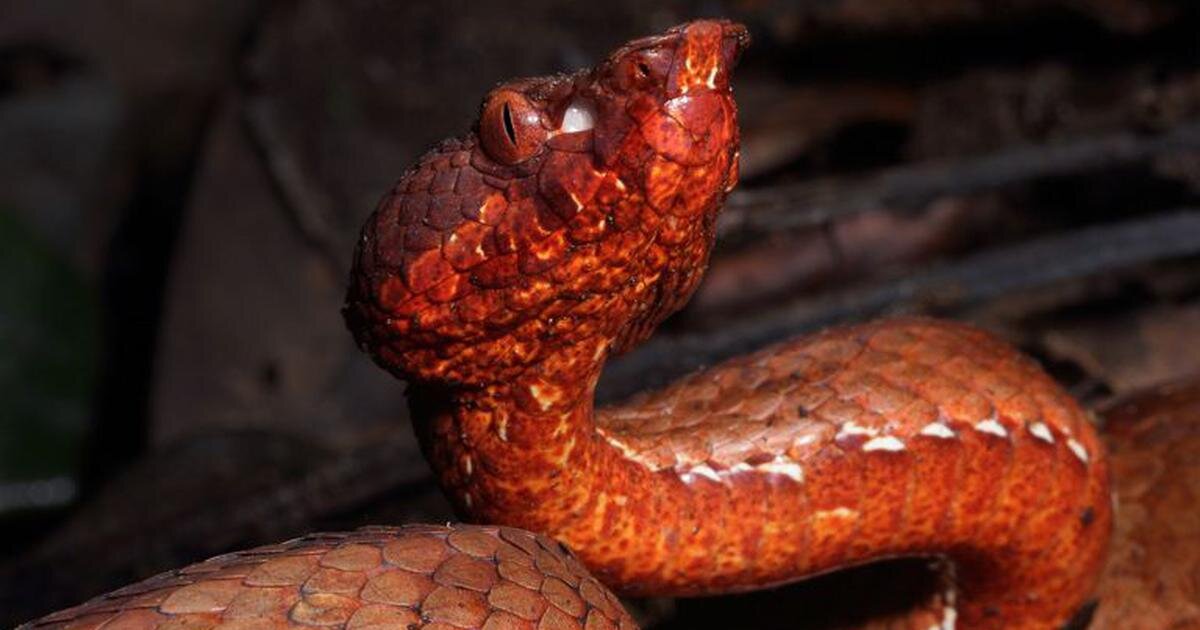
- It is the first species of pit viper to be named after state.
- It is the rarest of all known pit vipers in the world.
- Other known pit viper in India are:
- Malabar Pit Viper (Trimeresurus malabaricus)
- Horseshoe Pit Viper (Trimeresurus strigatus Gray)
- Hump-Nosed Pit Viper (Hypnale hypnale Merrem)
- Himalayan Pit Viper (Protobothrops himalayanus)
- Location: The new species is presently known from a single locality — Ramda, West Kameng, Arunachal Pradesh, northeastern India.
Basvanna Jayanti
- Basvanna (Lord Basaveshwara) was a 12th-century poet-philosopher, and the founding saint of the Lingayat sect.
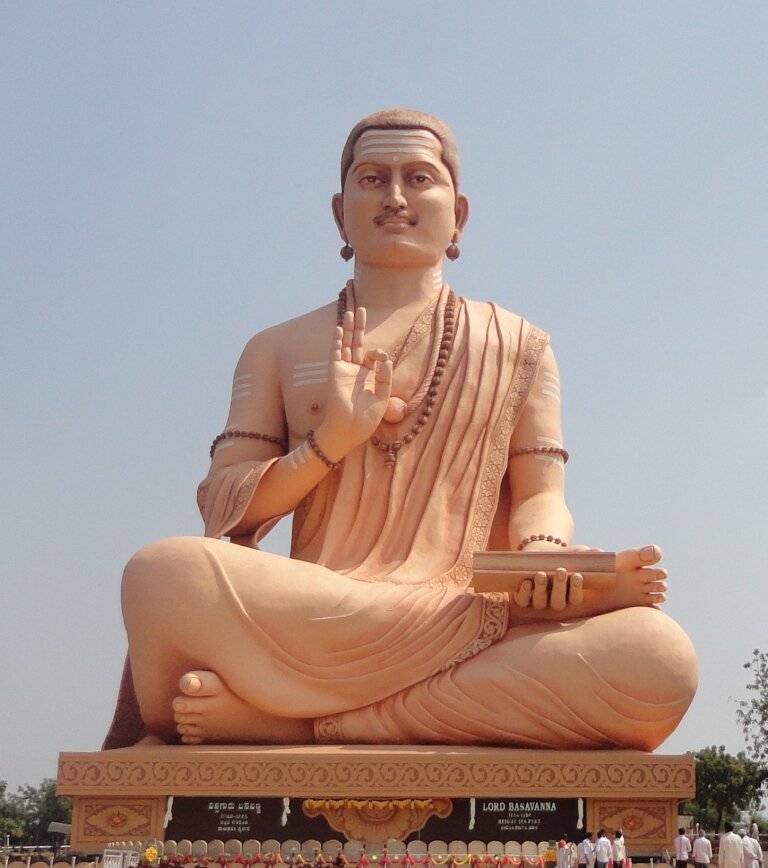
- Basvanna Jayanti (Basava Jayanthi) is celebrated on his birth anniversary, particularly in state of Karnataka and Maharashtra.
- Early life: Basaveshwara was born in Bagevadi (of undivided Bijapur district in Karnataka) during 1131 AD. His father was Madarasa and Madalambike was his mother. They belonged to the Brahmin community. As a religious tradition, he was initiated with the holy thread ‘janivara’ in Upanayana, (thread ceremony) at the early age of eight years. Basavanna revolted against this tradition, cut threw his janivara, left home and went to Kudalasangama from where he was educated in all respects.
- Later he went to Kalyana, where the Kalchuri king Bijjala (1157-1167, AD) was ruling. Because of his highly intellectual personality, he was appointed as a karanika (Accountant) in the initial stage, in the court of king Bijjala and later he became the Prime Minister of Bijjala after proving his administrative ability.
- The ideas of Basavanna: is scripted in a novel form of literature called Vachana (poetry). This innovative literary form is the main contribution of “Sharanas movement” through which they express their revolutionary and reformist ideology in a very simple Kannada language.
- Thus the main aim of Vachana (poetry) movement, led by Basaveshwara was welfare of all. He proclaimed this as– "Sakala jeevatmarige lesu" (welfare of all).
- He gave two important and innovative concepts called "Sthavara" and "Jangama", the meaning of which is “Static’’ and ‘’Dynamic’’- respectively. Both of these concepts are the main foundation stones of his revolutionary ideology.
- He was born progressive activist: Revolted against all the social evils of the traditionalistic society and brought a drastic change in various facets.
- He gave an idea of Socialistic and Democratic system. He talked about human rights in the twelfth century.
- Religious reforms: He tried to change the concept of Temple which was the main centre of various types of harassment. Priests and rich people were exploiting the common folk in the name of God and temple.
- He gave a new dimension to the human body and soul (inner spirit), by which the self respect of all human beings was boosted.
- Basvanna was first Kannadiga in whose honour a commemorative coin has been minted in recognition of his social reforms.
- Indian Prime Minister inaugurated his statue of along the bank of the river Thames at Lambeth in 2015.
20th Conference of the Regional Heads of Customs Administration
- Central Board of Indirect Taxes and Customs (CBIC) has organised a meeting of the Regional Heads of Customs Administration of Asia Pacific Region of the World Customs Organisation (WCO) in May 2019.
- India assumed the role as Vice Chair of the Asia Pacific region for a two-year period.
- The meeting takes stock of the progress being made to promote, facilitate and secure the cross-border trade in the region and the capacity building and technical assistance required to achieve this goal.
- Recognising the importance of the collaborative approach between Customs and trade, a Trade Day was organised.
- Quick customs clearance always remains a key issue for both exporters and importers.
World Customs Organisation (WCO)
- The World Customs Organization (WCO), established in 1952 as the Customs Co-operation Council (CCC) is an independent intergovernmental body whose mission is to enhance the effectiveness and efficiency of Customs administrations.
- At present, it represents 183 Customs administrations across the globe that collectively process approximately 98% of world trade.
- It is the only international organization with competence in Customs matters and which can rightly call itself the voice of the international Customs community.
- It has its headquarters in Brussels, Belgium.
Red cross day
- World Red Cross Day is celebrated on the 8th of May every year as the birthday anniversary of the founder of the Red Cross, Henry Dunant. He is also founder of the International Committee of the Red Cross (ICRC).
- He became the recipient of 1st Nobel Peace Prize.
- World Red Cross Day 2019 theme is "#love:".
- About Red Cross: Red Cross was introduced as a major contributor to the peace after World War I by an international commission at 14th International Conference of the Red Cross.
- The International Red Cross is a non profit organisation. It is an international humanitarian movement with approximately 17 million volunteers, members and staff worldwide which was founded to protect human life and health, to ensure respect for all human beings, and to prevent and alleviate human suffering.
- Working of Red cross: Volunteering-serves as a means in helping the society to bridge the gap between the crisis and the crisis management.
- Various blood donation camps are organized at various places across the country and the organization.
Locking Carbon Dioxide into a Rock
- Swiss scientists, through a study, are trying to find out if carbon dioxide (CO2) can be locked into a rock.
- Scientists believe that a layer of impermeable clay inside Mont Terri in the Jura Mountains could potentially trap carbon dioxide, the main greenhouse gas causing global warming.
- Scientists want to see that if the rock has a fault in it, whether CO2 will come up through it or not.
- The study is aimed at geological storage of CO2 in a densely populated region of Switzerland.
- At present, geological storage of CO2 exists in uninhabited places, such as the Algerian desert or under the Norwegian North Sea etc.
- Environmental organizations like Greenpeace are worried that the findings from the study, could turn into a "right to pollute" and distract people from efforts of emission reduction, which are driving a disastrous rise in global temperatures
Carbon Storage
- Carbon Capture and Storage (CCS) involves capturing carbon dioxide (CO2) from large emission sources and then transporting and storing or burying it in a suitable deep geological formation.
- CO2 can be stored in three main ways:
- in formations like rocks
- in deep ocean water — ocean storage
- in the form of mineral carbonates — mineral storage
- Deep ocean storage can increase ocean acidification, a problem that also stems from the excess of carbon dioxide already in the atmosphere and oceans.
India gets re-elected as observer to Arctic Council
India has been re-elected as an observer to the Arctic Council.
About arctic council
- The Arctic Council is formed of circumpolar countries of Russia, United States, Canada, Norway, Demark, Sweden, Iceland and Finland.
- The Arctic Council is a high-level intergovernmental body set up in 1996 by the Ottawa declaration to promote cooperation, coordination and interaction among the Arctic States together with the indigenous communities and other Arctic inhabitants.
Observer Status
- India along with China, South Korea, Singapore, Italy and Japan has Observer status at the Council. India was given observer status through Kiruna Declaration.
- Observers are not allowed to take part in the active meetings. They usually participate in side events.
- Observer status in the Arctic Council is open to Non-governmental organizations, Non-littoral states as well as to Intergovernmental and Inter-Parliamentary organizations.

